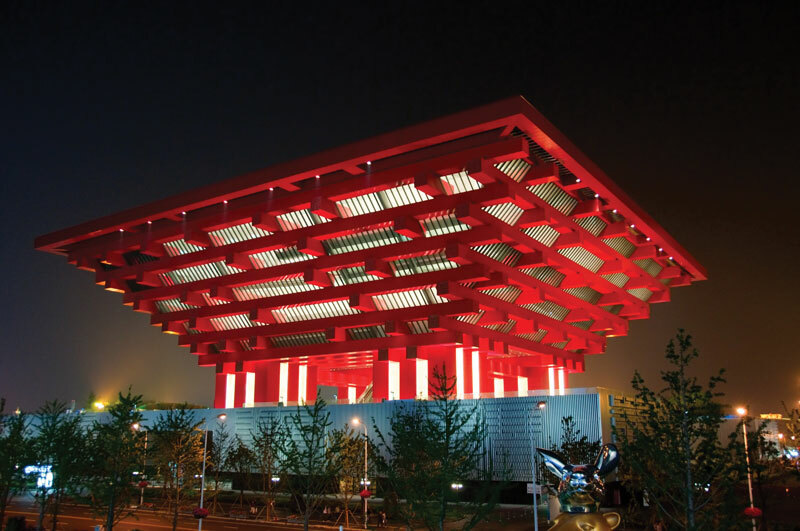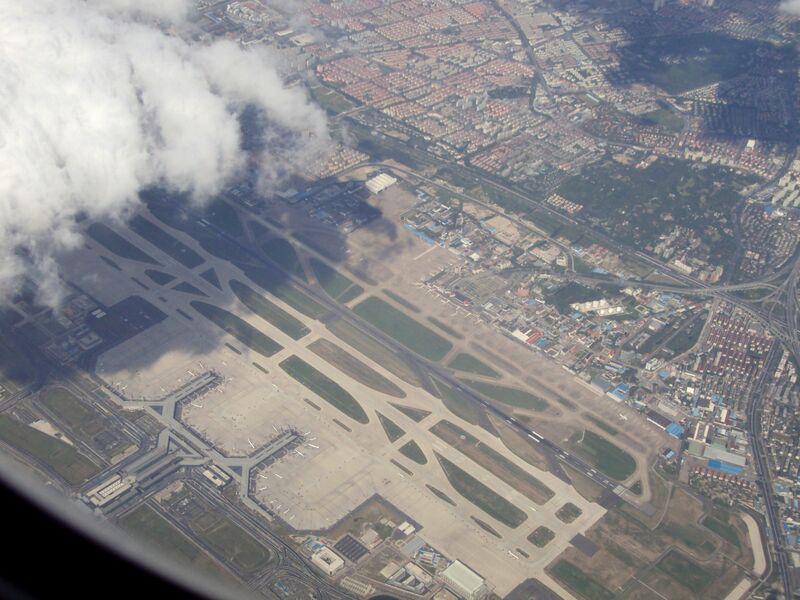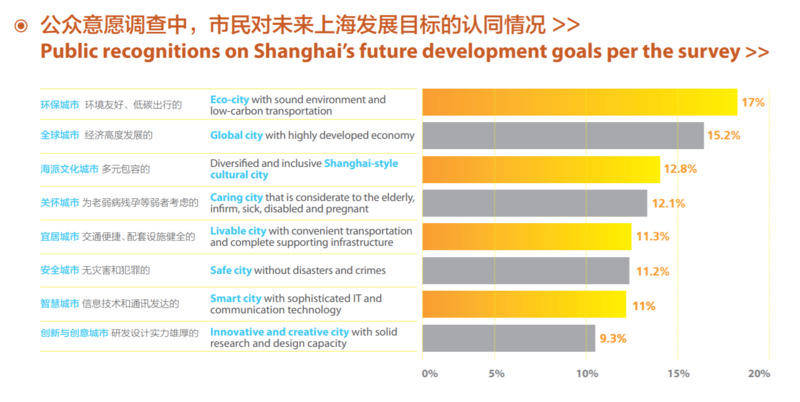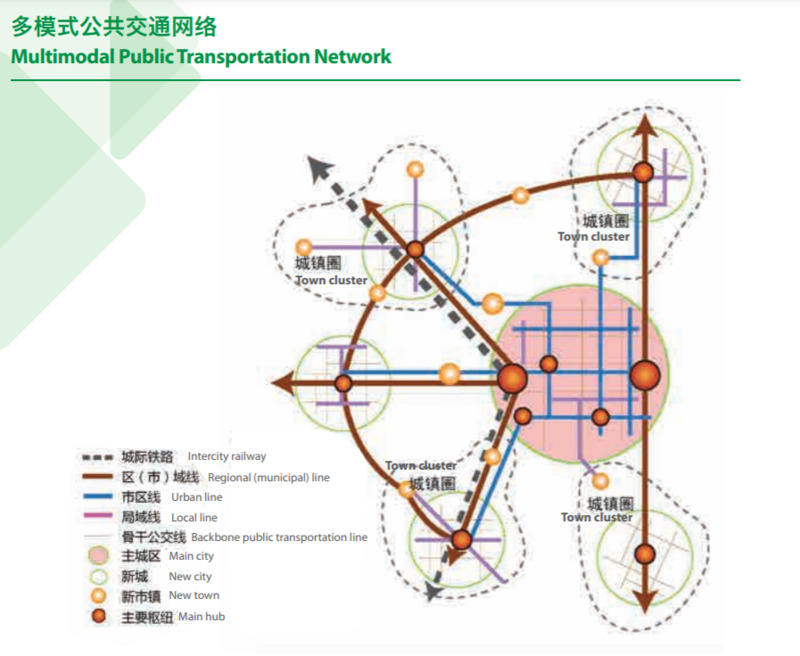Shanghai as a Global City: Shanghai Expo 2010 and The Shanghai Master Plan 2017-2025
As a major port and economic hub, Shanghai acts as one of China's primary windows to the rest of the world, and is therefore a key part of how China presents itself to other nations. Following the explosive development of the 1990s and early 2000s, the Chinese government was eager to advertise Shanghai's success internationally. The Shanghai Expo 2010, with the theme of Better City, Better Life, offered the Chinese government a clear opportunity to do just that. Funded by a massive public and private combined investment of 3 billion USD, the Expo was intended to assert that Shanghai was an economic and cultural powerhouse, a central node of global commerce. This image of a "Global City" was meant to compound Shanghai's success by helping it to sustain its pull on foreign investors, as well as to increase national pride. The Expo also benefited Shanghai in a more immediate way. Expectations of millions of domestic and international visitors motivated the accelerated construction and improvement of a great deal of infrastructure, such as massive renovations to the Hongqiao International Airport.
In 2017, the Shanghai municipal government published the Shanghai Master Plan 2017-2035. This new Master Plan was the first to receive approval from the State Council at the 19th National Congress of the CCP, further demonstrating Shanghai's now favored position in the eyes of the central government. The plan outlines prospective solutions to some of the city's perennial problems, such as overpopulation and congestion (a problem that persists from the incredibly short-sighted original street layout of the foreign settlements). Included are plans for an improved multimodal public transport network, as well as a goal of limiting the permanent population of the city to 25 million people. This new Master Plan aims to transform Shanghai into a city that is not just economically vibrant, but is also highly livable and environmentally sustainable. To this end, the plan calls for the preservation of historical and cultural sites and the prioritization of low-carbon development and new green spaces.
In a subtle departure from many previous periods of planning, the Master Plan for 2017-2035 places a great emphasis on how its goals are derived from the desires of the citizens of Shanghai. This is visible in the plan's inclusion of survey results which rank Shanghai's future development goals by the public's recognition of their importance. According to the survey, turning Shanghai into an "eco-city" is citizen's greatest priority.
Additionally, the Master Plan strives to make the "15-minute life circle" the basic unit of governance and urban social life in Shanghai. The life circles would be somewhat self-contained areas where all of a citizen's needs can be met within walking distance. Life circles are intended to recapture some of the sense of belonging and community that citizen's used to experience in their alleyway neighborhoods prior to Shanghai's reform period.



